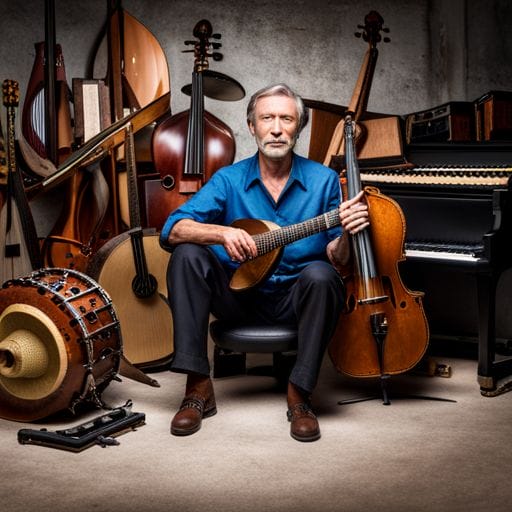Mixing World Music: Blending Global Instruments and Styles

Are there any specific global music styles that are particularly difficult or unique to work with in the mixing process
The world is indeed a global village. Today, music is not just a medium for entertainment, but an important means of cultural exchange. Music from different parts of the world, with various instruments and styles, is gaining popularity and being blended to create a truly international sound. From the reggae beats of the Caribbean, to the sitar-infused melodies of India, and the powerful drum rhythms of Africa, the world of music has never been so diverse and intermingled.
The Fusion of Music Across Continents
In traditional senses, each region of the world has its unique melodic identity. You see this manifested in the diverse types of musical instruments, rhythms, and singing styles. But in today’s globalized world, these unique identities are merging to form a unique genre – world music. Musicians and producers from different cultures collaborate to create a beautiful symphony of sounds, rhythms, and melodies.
Instrumental Symphony: Blending Different Instruments
One of the key elements of mixing world music is the amalgamation of diverse global instruments. The mesmerizing sitar from India, the soulful saxophone from America, the enchanting African drums that carry tribal history, and the unique Chinese Guzheng - all have their distinctive aura. By combining these instruments judiciously, musicians create panoramic sounds that transcend geographical boundaries.
Style Integration: Fusing Global Music Styles
Another significant facet of world music is the blending of different styles. Jazz, reggae, blues, folk, pop – each has its characteristic rhythm, style, and presentation. Fused together, they can generate a harmonious assemblage of sounds. For instance, the combination of African beats, American pop, and Indian classical music can result in a rich and evocative piece of music with a universal appeal.
The Magic of Multiculturalism in Music
Mixing world music promotes multiculturalism and international harmony. It’s a beautiful way to celebrate diversity and acknowledge the shared human experience. Beyond the rhythm and beats, world music carries the essence of different cultures, their stories, traditions, and emotions. Incorporating distinct musical styles from around the globe emphasizes unity in diversity- a metaphor for a harmonious global society.
The Future of World Music
In today’s tech-driven world, digital platforms have become the anchor for discovering, sharing, and creating world music. Whether it’s a skilled artist from a remote village or a budding musician in a metropolitan city, the internet provides an equal platform for all to showcase their talent.
The potential of mixing world music is immense and yet to be completely explored. In the coming years, we can expect to witness more fusion works that blend diverse cultures, instruments, and styles, ultimately nurturing a truly global music culture.
Conclusion
In summary, mixing world music is not just about blending different instruments and melodies; it’s about creating music that speaks to the hearts of a global audience, irrespective of their geographical location or cultural background. It transcends borders, breaks barriers, and connects hearts, truly embodying the spirit of ‘One World, One Music.’
